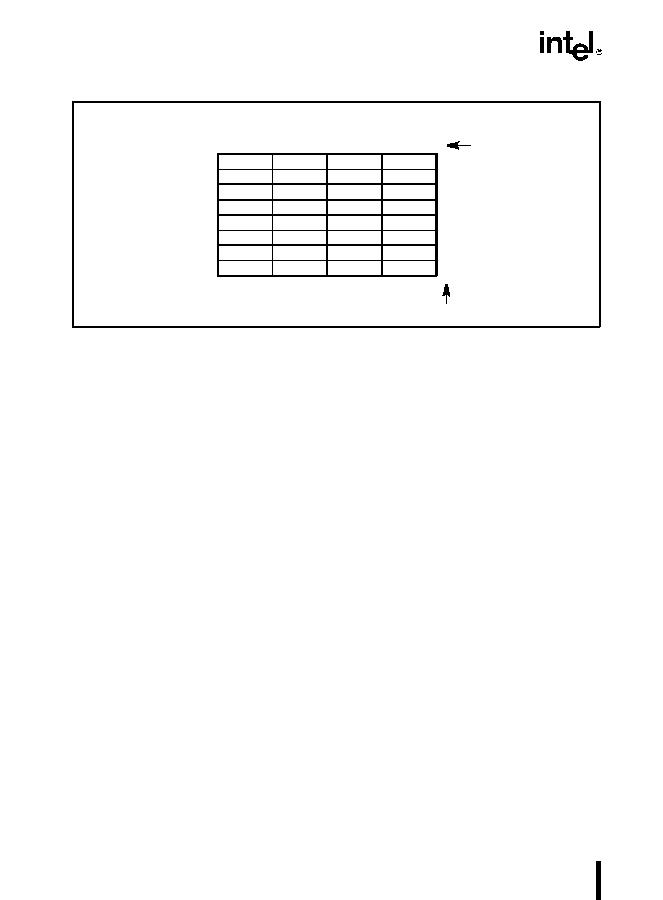1-6
ABOUT THIS MANUAL
1.4.2.Reserved Bits and Software Compatibility
In many register and memory layout descriptions, certain bits are marked as reserved. When
bits are marked as reserved, it is essential for compatibility with future processors that software
treat these bits as having a future, though unknown, effect. The behavior of reserved bits should
be regarded as not only undefined, but unpredictable. Software should follow these guidelines
in dealing with reserved bits:
Do not depend on the states of any reserved bits when testing the values of registers which
contain such bits. Mask out the reserved bits before testing.
Do not depend on the states of any reserved bits when storing to memory or to a register.
Do not depend on the ability to retain information written into any reserved bits.
When loading a register, always load the reserved bits with the values indicated in the
documentation, if any, or reload them with values previously read from the same register.
NOTE
Avoid any software dependence upon the state of reserved bits in IA registers.
Depending upon the values of reserved register bits will make software
dependent upon the unspecified manner in which the processor handles these
bits. Programs that depend upon reserved values risk incompatibility with
future processors.
Figure 1-1. Bit and Byte Order
Byte 3
Highest
Data Structure
Byte 1
Byte 2
Byte 0
3124231615870
Address
Lowest
Bit offset
28
24
20
16
12
8
4
0Address
Byte Offset

